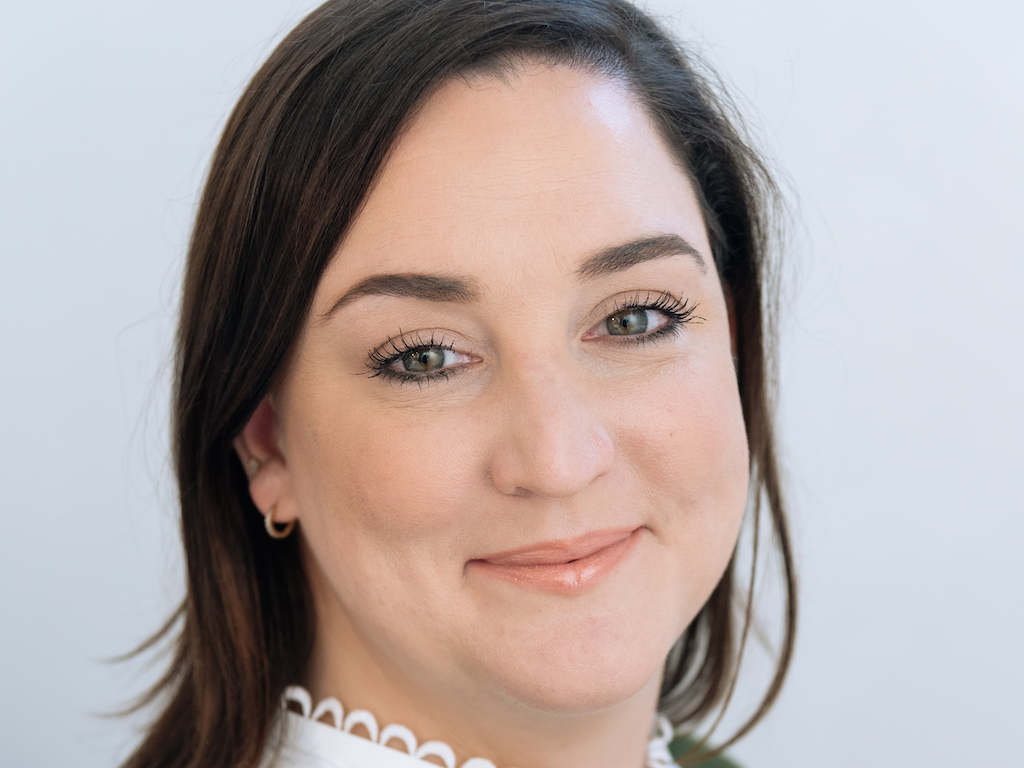Elaine Byrne, project director at Sledge discusses why sustainability should be addressed right from the creative ideation stage as standard, and believes that the opportunities we have to push the creative envelope when it comes to sustainability are limitless…
We humans are creatures of habit, and by our very nature, can be slow to adapt to change. However, the industry recognises that taking action from an environmental perspective is no longer a nice to have, but a must have.
The Global Business Travel Association’s The State of Sustainability in the Global Business Travel Sector report highlights this, revealing that sustainability has become a priority for 89% of its respondents. At the same time though, only 14% feel the industry is well advanced when it comes to reducing our impact.
I’m a big believer that to ensure we’re not only being good, but doing good, we need to harness the creative capabilities our industry is known for. This means embracing change, re-thinking how we’ve always done things, and approaching proven systems and processes in a new light.
Harnessing the opportunity we have to change the story
Creating meaningful and measurable impact when it comes to our own operations as agencies, and the projects we deliver for our clients, all begins by looking within.
Actions such as eliminating single-use plastics and switching to renewable energy in offices are known – and important – examples, but let’s look beyond that too.
Think staff incentives for walking or getting public transport to work instead of driving, providing tech solutions to raise awareness of the impact of our daily actions, and re-evaluating recruitment so that potential employees have a similar passion and vision for the future.
There’s a lot of value in bringing teams together to discuss the company’s vision, goals and roadmap in this respect too. It ensures there’s buy-in, enhances understanding, and helps us all keep tracking towards our goals as a united collective.
Supporting clients as they embark on – or continue – their journeys
We’ve found clients are at various stages of their sustainability journey. For some, it’s clearly evident in their briefs that they want to act with intention, yet aren’t sure where or how to begin. Meanwhile it isn’t a priority for others, yet we know it should be.
This highlights that sustainability should be addressed right from the creative ideation stage as standard. Of course, it’s important to respond to the core question, yet there’s also an opportunity to ask: how can we bring this idea to life in a way that is equal parts compelling, strategically sound, and sustainable?
If there isn’t an option to achieve the latter, we should change up our thinking, and continue the ideation process until we find a solution that ticks all of these important boxes.
By approaching pitches in this way, as well as including relevant resources, measurement tools, and the cost of these as line items in budgets, we have the opportunity to change the conversation around sustainability, and guide our clients so that they too can reduce their impact.
Infusing our creative spark into sustainability
A successful event is the sum of many moving parts, so when it comes to bringing these ideas to life, it’s important to explore the green credentials of suppliers, and ensure the business has an actionable set of criteria in place to assess them in a fair and transparent way.
There are lots of environmentally conscious companies pioneering in the space, from caterers who focus on providing meat-free or vegan dishes only, to plastic-free florists and those who ethically source and supply recyclable or recycled materials for events. This subset of the industry is growing, but finding them might just mean looking beyond the norm.
When it comes to the event format, it’s exciting that face-to-face experiences are back and I’m no doubt an advocate of live, but is it the right way forward for every client? If there’s a global audience at play, could this be a series of smaller, hyper-local events, to help minimise travel and food wastage, for example? In other cases, we’re even finding a highly interactive virtual event can be the right way forward for certain clients, and their audiences.
Essentially, the opportunities we have to push the creative envelope when it comes to sustainability really are limitless, we just need to change up our mindset and consider the two as inextricably linked.
So, where to next?
The event industry is no doubt shifting, and we’re becoming more and more committed to proactively changing up the way we do things, as well as guiding and encouraging our clients to reduce the impact of their events. But there is much more to be done, and here at Sledge we’re the first to recognise that this isn’t an overnight exercise, but an ongoing journey.
For me, achieving success in this regard means both acting with intention, and harnessing our creative capabilities so that we deliver events that engage, excite, and leave a long-lasting, positive impact – both on our audiences and on our planet.
Sledge are attending micebook Ventures22 in the Knowledge Quarter Liverpool on 31 October-2 November. Ventures22 will focus on solutions for transforming the world of business events as a ‘Force For Good’ – in the debating chamber, in the meeting room and through live experiences. If, like Sledge, you share our values and vision for building back better and creating a more sustainable industry, you can find out more information or register for Ventures here

